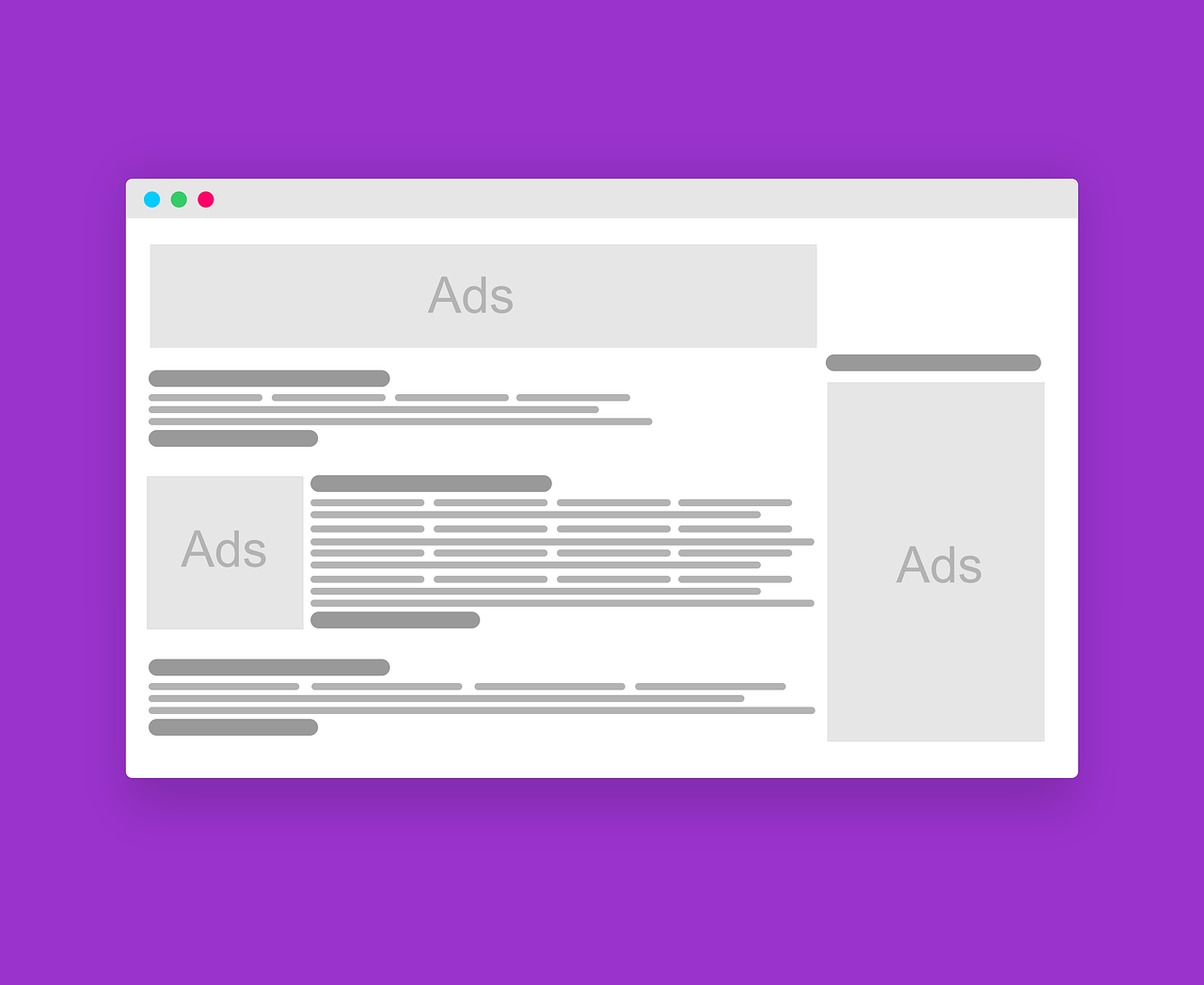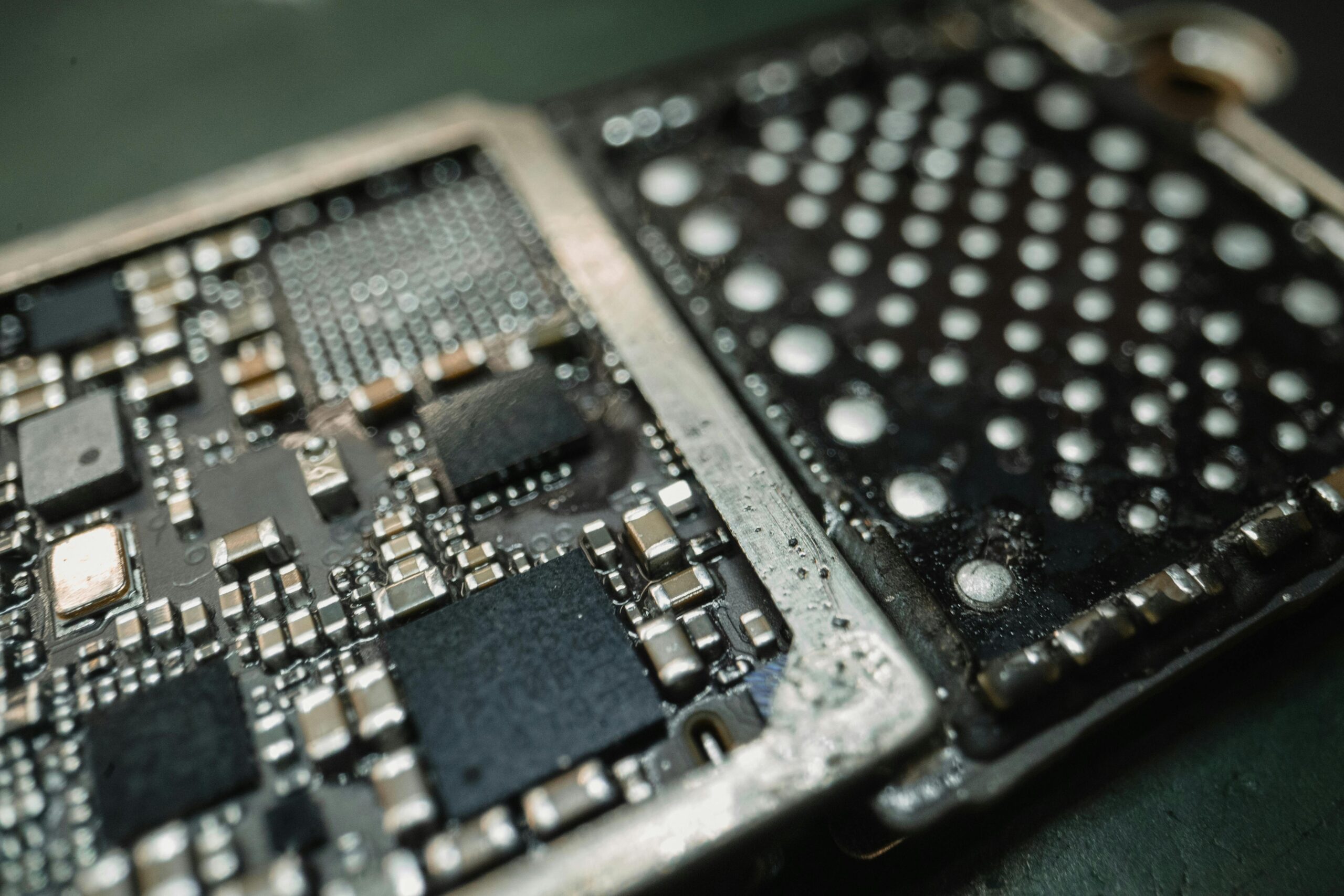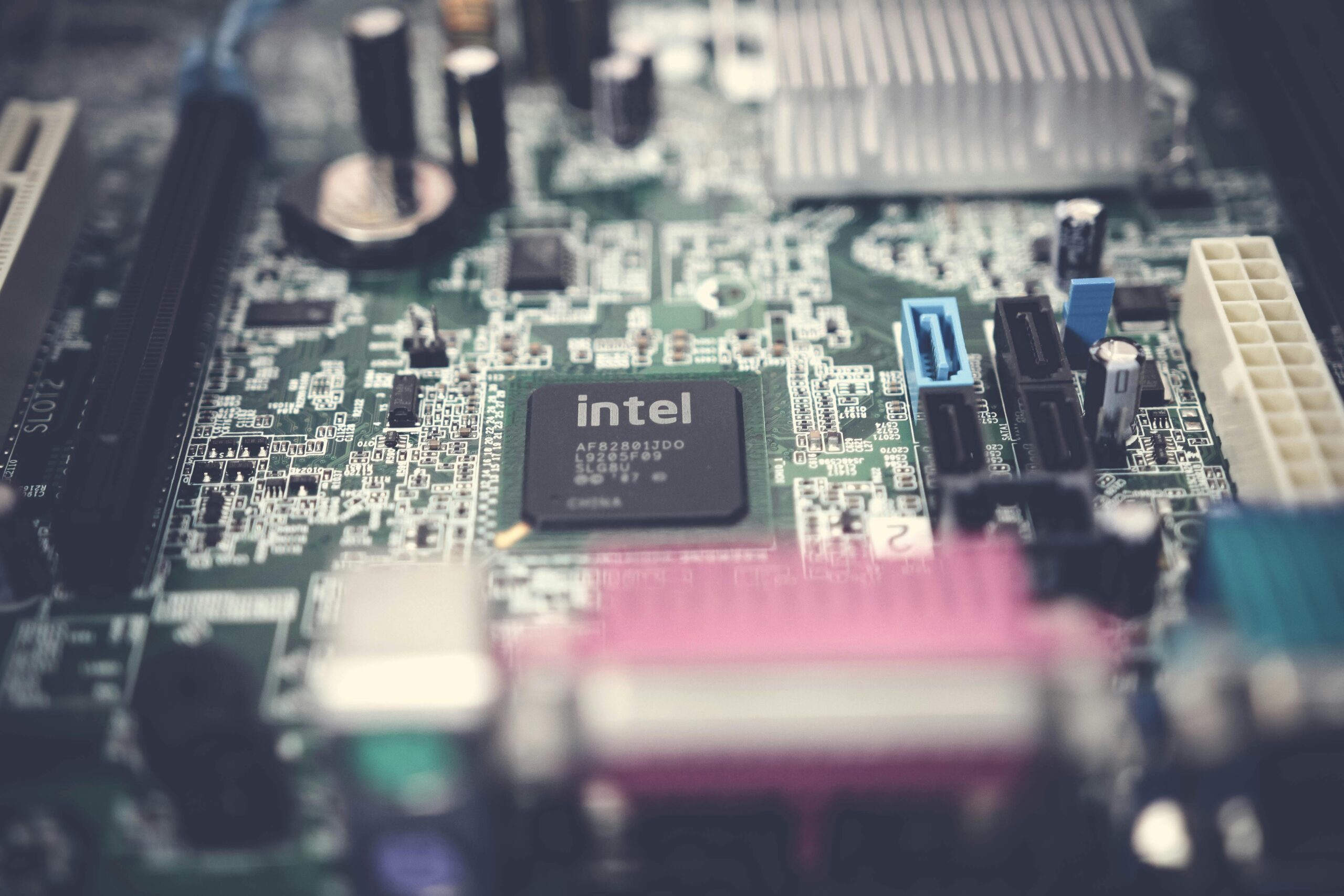Executive summary
- Q2 FY2026 revenue $362 million, +14% YoY; ARR $1.723 billion as of July 31, 2025.
- GAAP gross margin 82% and non-GAAP gross margin 84% in Q2 FY2026.
- Trailing twelve-month revenue approximately $1.50 billion; enterprise value to revenue ~3.4x.
- Technicals: RSI(14) ~58, MACD slightly positive, 50-day SMA near $11.6, 200-day SMA near $12.3, average daily volume ~12.45 million shares.
- Verdict: UiPath PATH automation software and AI integration 2025 investment thesis is a fundamentals-driven case of subscription ARR growth and improving margins, offset by modest revenue scale and macro sensitivity in public-sector demand; valuation is tethered more to ARR durability and execution on AI monetization than to headline revenue growth.
Summary fundamentals
- Latest quarter revenue Q2 FY2026: 362,000,000 USD.
- Revenue YoY percentage Q2 FY2026: +14 percent year-over-year.
- Latest quarter EPS Q2 FY2026 GAAP: reported EPS 0.15 USD.
- EPS YoY change: EPS improved versus prior-year quarter driven by non-GAAP operating income and lower operating loss.
- Gross margin: GAAP gross margin 82 percent for Q2 FY2026 and non-GAAP gross margin 84 percent.
- Debt-to-equity: low absolute leverage reported; enterprise value approximately 5.1 billion USD with market capitalization near 6.5 billion USD on common-data feeds.
- Market capitalization snapshot: approximately 6.5 billion USD.
Detailed fundamental analysis
Revenue trends
UiPath reported 362 million USD revenue in Q2 FY2026, a 14 percent increase versus the prior-year quarter, with annualized recurring revenue of 1.723 billion USD as of July 31, 2025. Revenue growth has been steady but not accelerating into double-digit expansion territory that characterizes high-growth SaaS leaders. ARR growth and net new ARR remain the central signal for enterprise monetization of AI and automation.
Subscription expansion is the primary top-line vector. Management reported net new ARR of 31 million USD for the quarter and a dollar-based net retention rate of 108 percent, implying expansion inside existing customers but still shorter of the top-tier 120 percent+ retention seen in best-in-class enterprise software companies. Monitor quarterly net new ARR and DBNR for signs of durable, AI-driven upsell.
Margin drivers
UiPath’s gross margins are high for enterprise software, with GAAP at 82 percent and non-GAAP at 84 percent in Q2 FY2026, reflecting a largely software-recurring revenue mix and limited cost-of-revenue. Non-GAAP operating income turned positive in the quarter at 62 million USD, signaling operating leverage at modest revenue scale. Continued margin expansion depends on scaling subscription revenue and controlling sales and marketing spend as AI product investments normalize.
Balance-sheet strength
UiPath reported steady operational cash flow and positive free-cash-flow metrics in recent quarters. Trailing twelve-month revenue approximates 1.50 billion USD and enterprise valuation multiples are moderate with EV/revenue near 3.4x. Absolute cash and liquidity positions are adequate for near-term investment in product and go-to-market but not immune to macro-driven compressions in large public-sector purchasing decisions.
Valuation multiples
Standard valuation metrics appear normalized relative to software peers after share-price recovery. Trailing P/E metrics can be misleading because non-GAAP and GAAP divergences exist. Current enterprise value roughly 5.1 billion USD implies EV/Revenue around 3.4x on TTM revenue near 1.497 billion USD. Investors should prefer ARR-based forward revenue and rule-of-40 analyses when comparing UiPath to automation and AI peers.
Momentum & technical snapshot
- RSI(14) exact reported value 58.09 signaling neutral-to-constructive momentum.
- MACD reported small positive value 0.060 indicative of modest bullish momentum.
- 50-day simple moving average approximately 11.55 USD and 200-day SMA approximately 12.31 USD; current price is trading near these bands with mixed short-term bias across aggregators.
- 1-month return versus Nasdaq Composite: UiPath delivered roughly a 12 percent one-month gain following the earnings lift versus a NASDAQ Composite one-month return near 4.4 percent, producing outperformance on a one-month window.
- Average daily dollar volume: average volume approximately 12.45 million shares, with average daily dollar turnover near 150 million USD given recent share-price levels.
Technical implication: momentum indicators confirm recent positive reaction to Q2 results but the stock remains sensitive to macro and public-sector procurement signals that affect near-term bookings.
Peer comparison
Direct public peers in automation software and AI-led process orchestration include Pegasystems PEGA, Appian APPN, and large-platform comparators such as Microsoft MSFT for AI integration exposure.
Pegasystems reported Q2 2025 revenue 384.5 million USD and gross margin near 71.5 percent; cloud ACV growth and AI positioning are driving comparable mid-teens growth dynamics.
Appian reported Q2 2025 total revenue 170.6 million USD with cloud subscription growth of 21 percent and subscription gross margins around 87 percent, highlighting strong subscription economics in lower-code automation segments.
Microsoft provides scale comparators for AI cloud economics with FY25 Q4 revenue 76.4 billion USD and Azure growth powering AI adoption; Microsoft operates at different scale and margin profile but is a reference point for AI platform monetization.
Comparison takeaway: UiPath offers high gross margins and solid ARR growth but lags peers on absolute revenue scale. Relative valuation should account for ARR durability and expansion potential from AI-integrated products rather than raw top-line growth alone.
Latest earnings highlights & management guidance
- “Revenue of 362 million USD increased 14 percent year-over-year.”
- “ARR of 1.723 billion USD as of July 31, 2025 increased 11 percent year-over-year.”
- “Non-GAAP operating income was 62 million USD.”
- “Management reiterated focus on AI-enabled agentic automation and subscription expansion.”
Each quote above is taken from the company Q2 FY2026 earnings release and call materials.
Strategic moves, catalysts & risks
Catalysts
- AI product integration and agent-capable automation releases expand monetization vectors across enterprise accounts and can raise seat and consumption yields.
- ARR expansion and multi-quarter net retention above 100 percent compound recurring revenue and support higher lifetime value per customer.
- Partnerships and platform integrations with cloud providers and AI model vendors create TAM expansion and distribution leverage.
Risks
- Public-sector spending sensitivity remains a material risk; prior guidance shifts tied to federal procurement created headline volatility.
- Competition from large cloud platforms and adjacent workflow vendors could compress pricing or slow enterprise migrations.
- Revenue growth remains modest versus high-growth SaaS comparators; failure to convert AI interest to durable, high-margin ARR would lower upside.
All strategic items above are corroborated in company filings, press releases and major business press coverage.
Valuation & scenario analysis
Inputs used: TTM revenue approximately 1.497 billion USD and enterprise value roughly 5.1 billion USD. Base assumptions center on ARR durability and modest revenue acceleration from AI adoption.
Conservative scenario: apply EV/Revenue of 2.0x to TTM revenue to reflect decelerating growth and valuation compression. Implied enterprise value 3.0 billion USD, translated to an implied share price materially below current levels.
Base scenario: apply EV/Revenue of 3.5x reflecting current market multiple and partial recognition of AI monetization. Implied enterprise value near 5.24 billion USD consistent with current market feeds. This scenario assumes ARR growth stabilizes in the mid-teens and non-GAAP operating income expands.
Optimistic scenario: apply EV/Revenue of 6.0x under a successful AI commercialization outcome that lifts growth and operating margins toward best-in-class SaaS peers. Implied enterprise value near 9.0 billion USD. This requires durable net retention >110 percent and consistent material upsell to large enterprise accounts.
Valuation sensitivity: small changes in ARR growth or retention materially affect forward revenue and therefore implied price given current multiples.
Trading checklist & signals
Momentum trader rules
- Entry: consider long entry after price confirms breakout above the 50-day SMA with RSI between 50 and 70 and MACD above signal line on daily charts.
- Stop: set an initial stop loss at 8 percent below entry; tighten to breakeven after a 12 percent move in favor.
- Position sizing: limit to 2–5 percent of trading capital given macro sensitivity and event risk around government spending or AI adoption announcements.
Longer-term investor checklist
- Sizing: cap exposure to 1–3 percent of total equity allocation unless investor conviction on AI agent adoption is high.
- Confirmatory indicators before adding: stable or improving net new ARR quarter-over-quarter, dollar-based net retention above 110 percent, and managed sales and marketing efficiency improvements measured by CAC payback trends.
- Re-evaluate if: ARR growth falls below 5 percent YoY, DBNR drops below 100 percent, or management guidance is trimmed meaningfully for two consecutive quarters.




